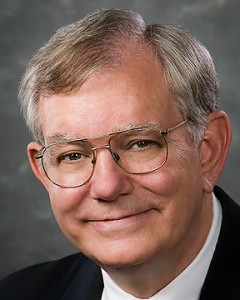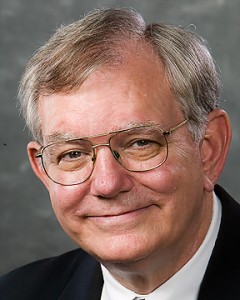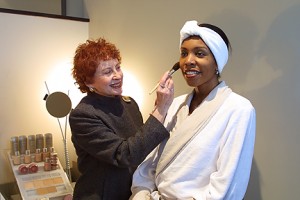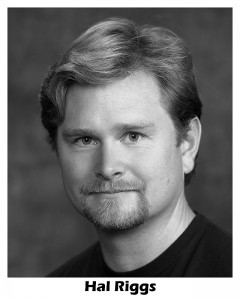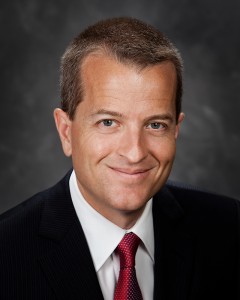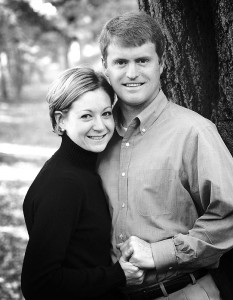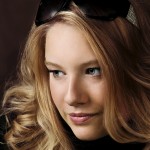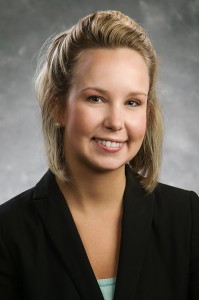Here are some tips for getting ready for our visit to your office for a headshot session. Of course, we’ll be happy to work with you any way you like, but we have some ideas for optimizing the success of the shoot, based on many sessions over many years.
Our Requirements
We use two light stands and a background stand in our set-up. This requires a certain amount of floor space, usually a minimum of about eight by ten feet. A conference room usually works well. Otherwise, we can work in an empty office or a lobby or waiting area. We always find something that works.
Also we’ll need a task chair, or any chair with a low back, for the subjects to sit in.
Personal Preparations
Darker clothes are usually preferable, but not required. Do avoid white– this can cause severe contrast problems. (This does not apply to shirts or blouses worn under jackets.) If you’re not wearing a jacket, wear long sleeves.
Women: wear your normal make-up, but bring some powder to touch up glossy areas before being photographed. Simple jewelry is best; avoid large, flat, shiny surfaces like metal. Short necklaces are better than long, so we can feature the whole thing in the shot.
Men: reserved ties are best. We recommend against pocket handkerchiefs and lapel pins. White (if worn under a jacket) or blue dress shirts are fine.
Time per Sitting
Our first hour at your office includes set-up and break-down, which takes about twenty minutes. Average number of sittings in first hour is four. The average number of sittings in additional hours is six. This may vary depending on readiness of people and length of time required to get an acceptable portrait.
Scheduling
The cost of your session will depend on how quickly we can proceed from one portrait to the next. This means that people should be prepared to enter the camera room when called. Here are some approaches to scheduling based on our experience:
Unfortunately, we can’t predict the exact time it will take for each sitting, so scheduling by the clock will eventually put us ahead or behind schedule, but it tends to average out. The average time per portrait is about ten minutes.
The next person can be called when the previous person is finished, although this adds some time to the schedule as we wait for their arrival. If minimizing inconvenience to your people is the main concern, this is probably the best approach. If someone is unavailable, it might be possible to move ahead to someone else, and return to the first person later in the schedule.

